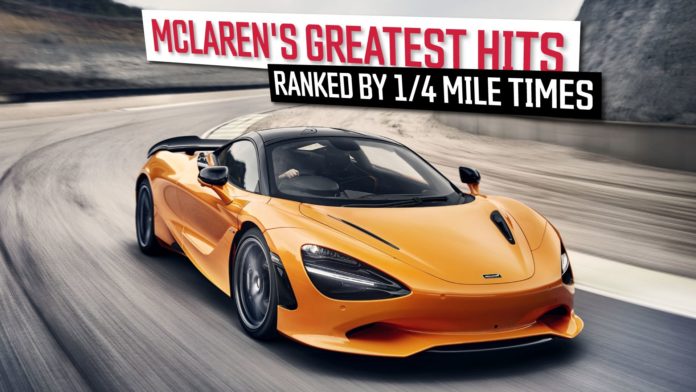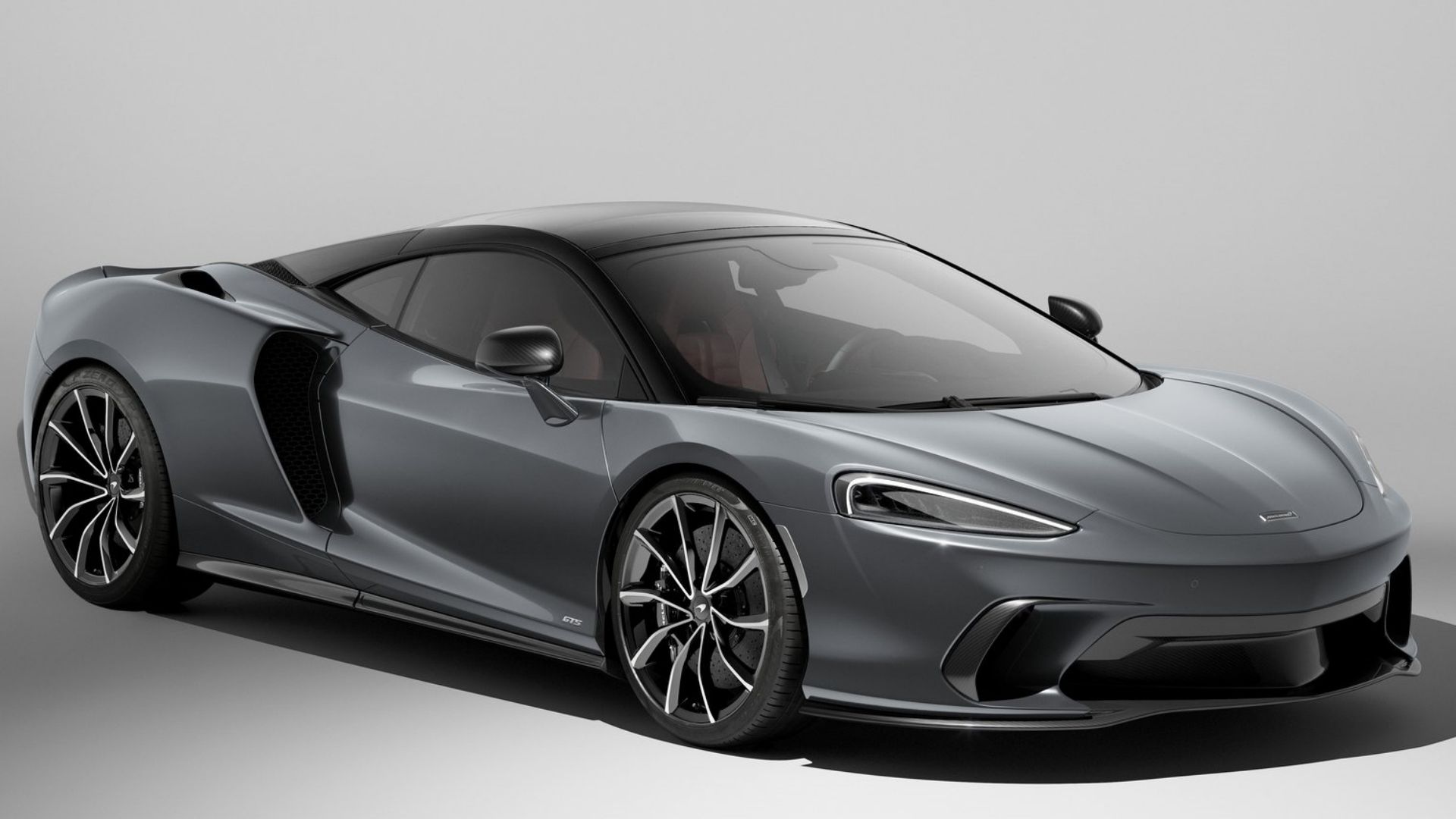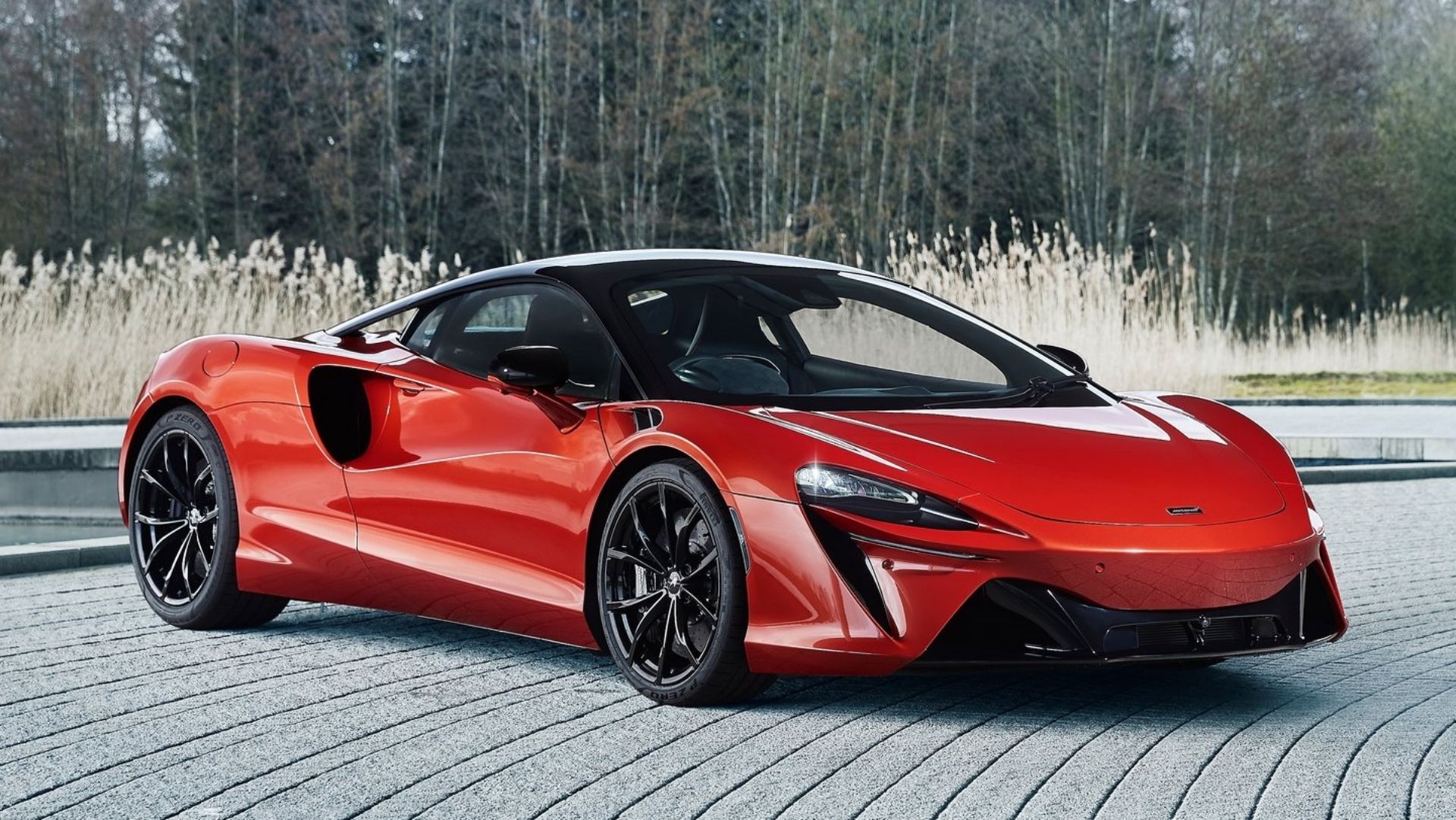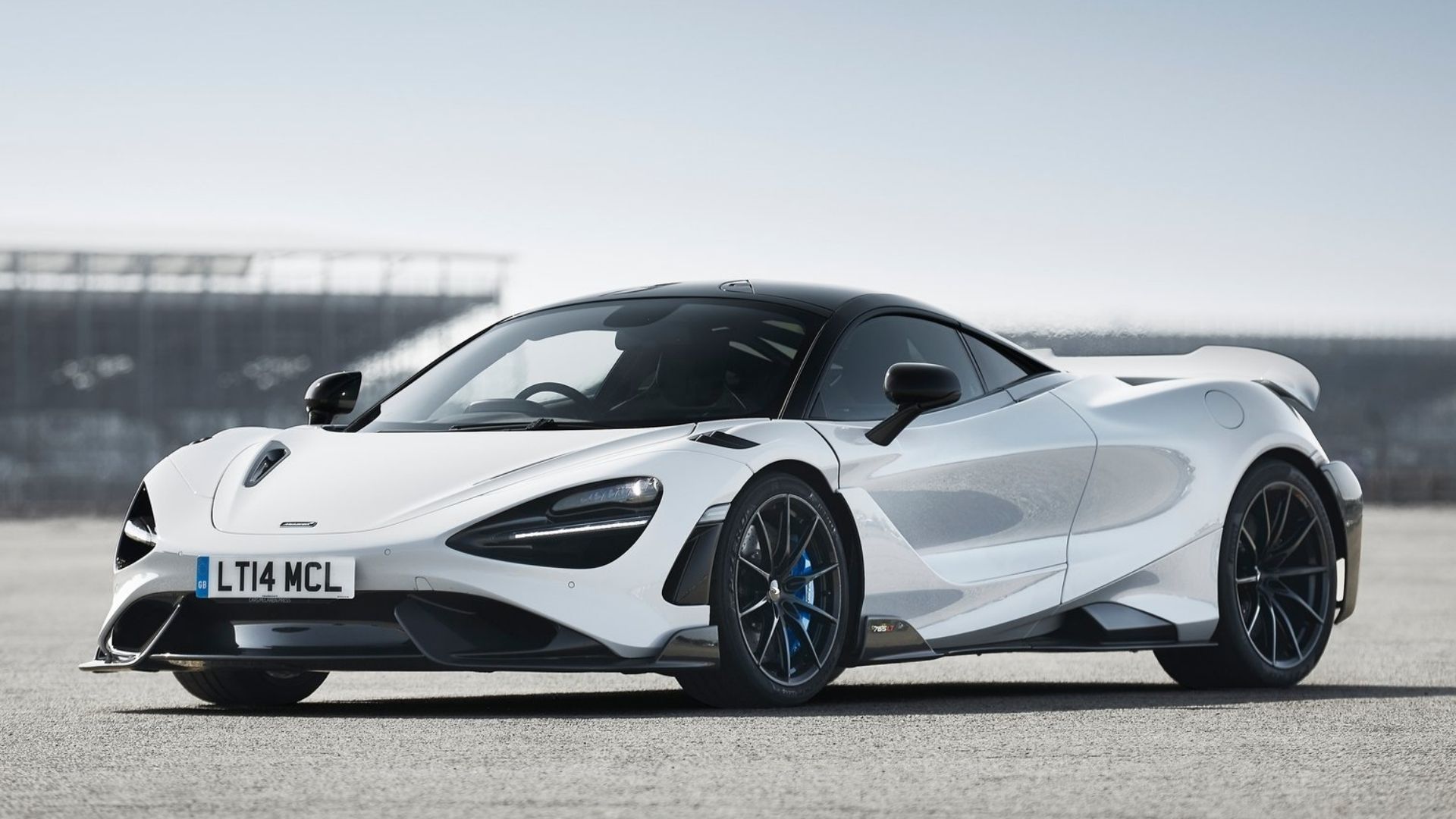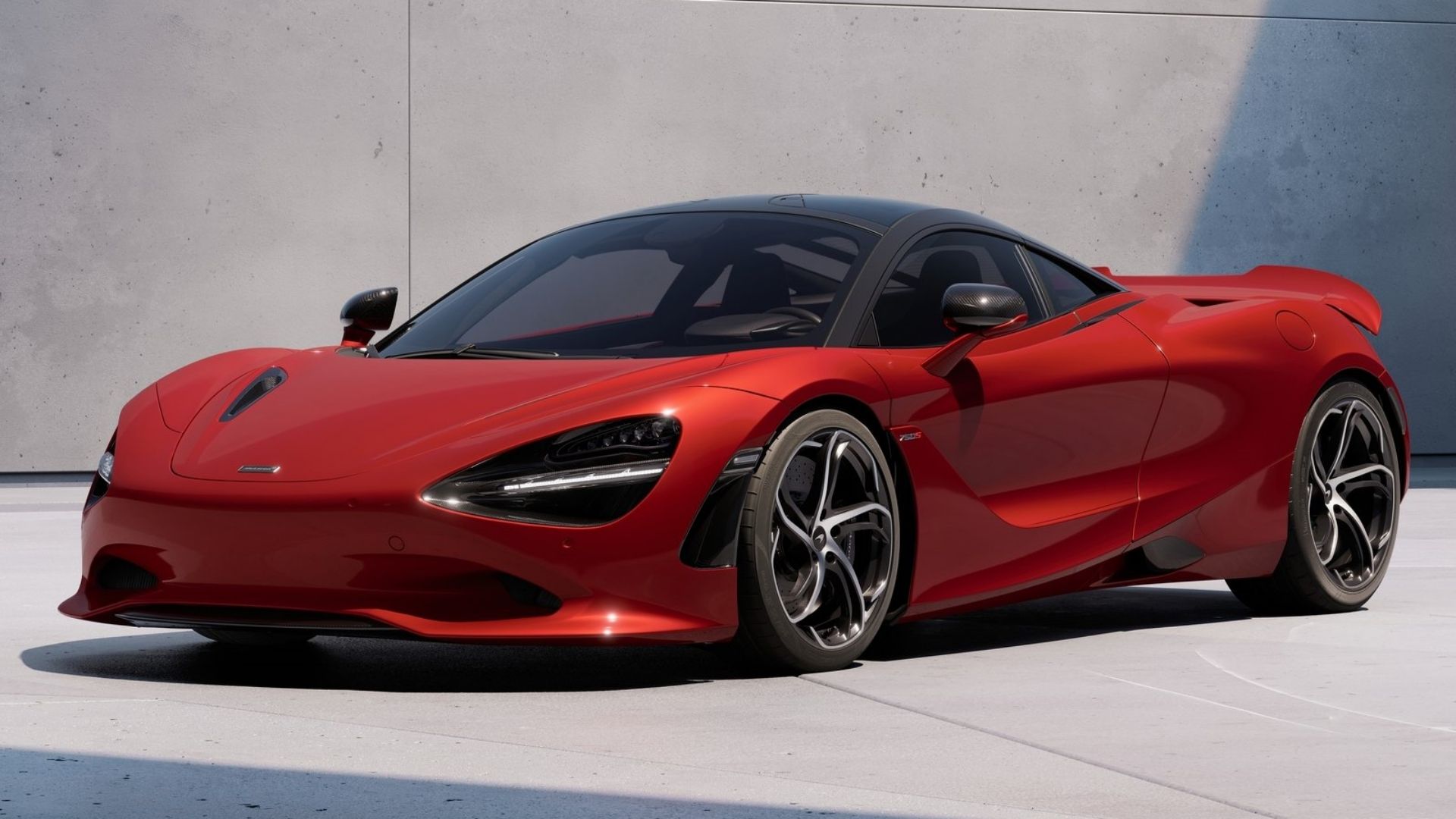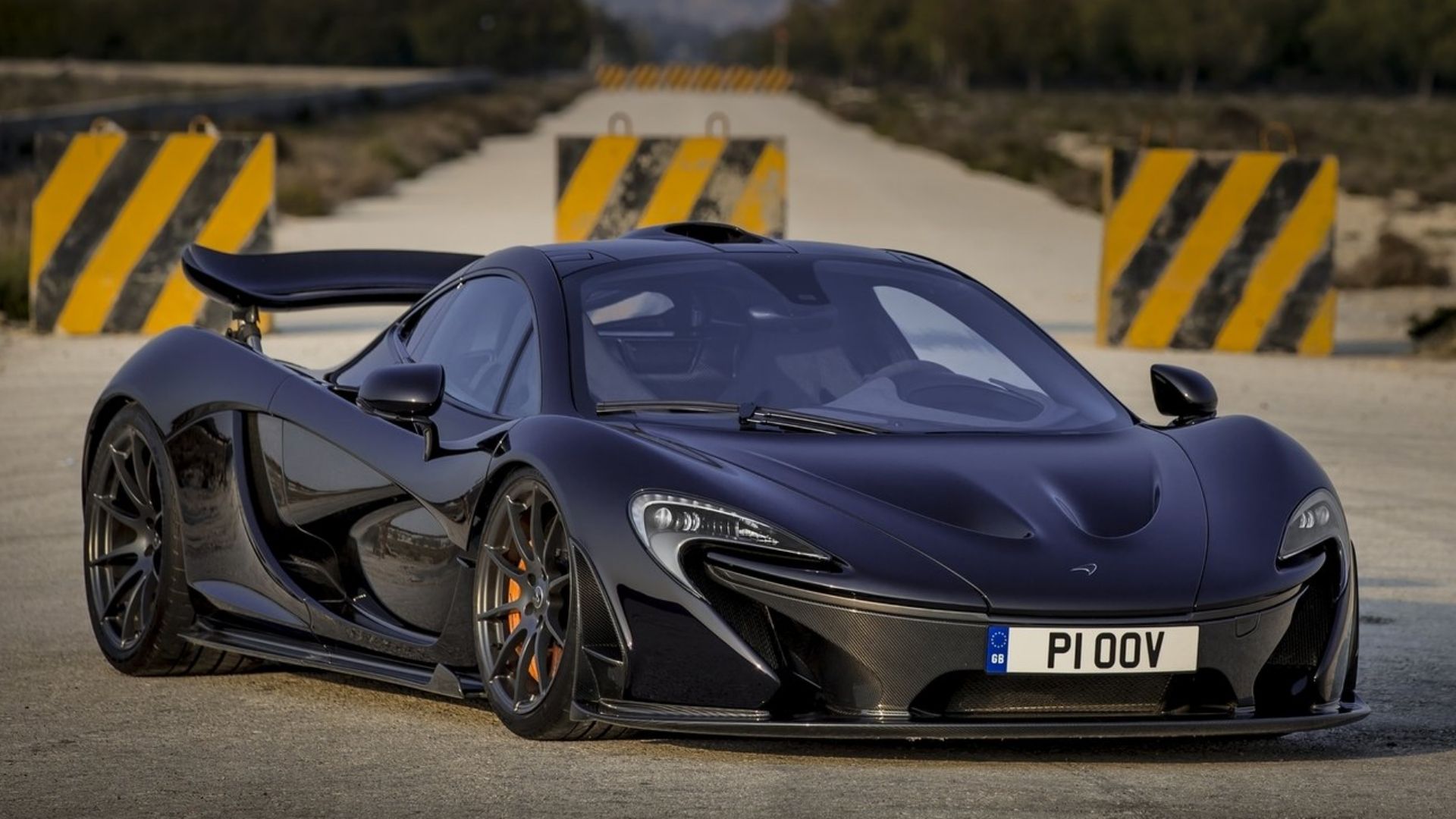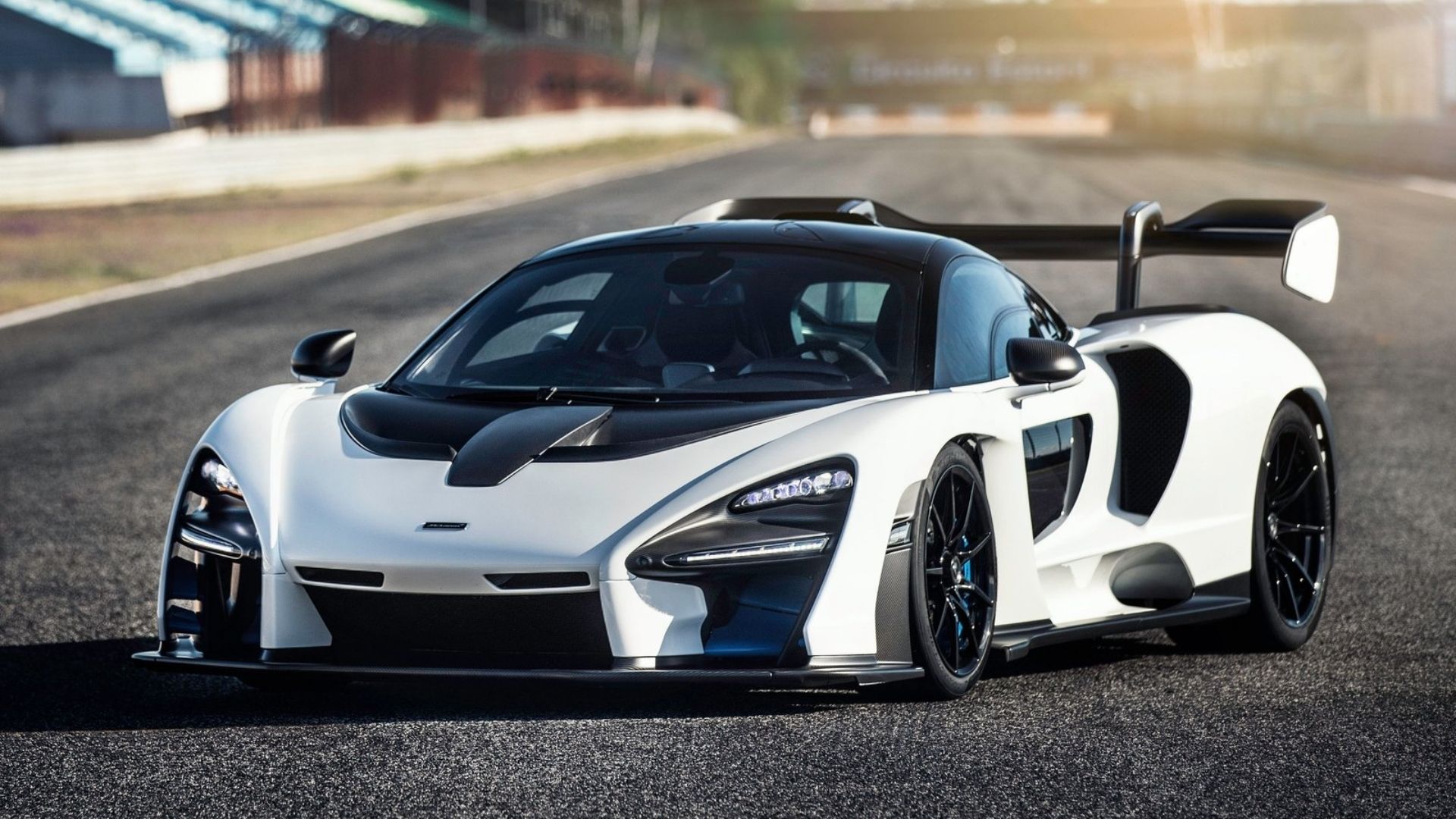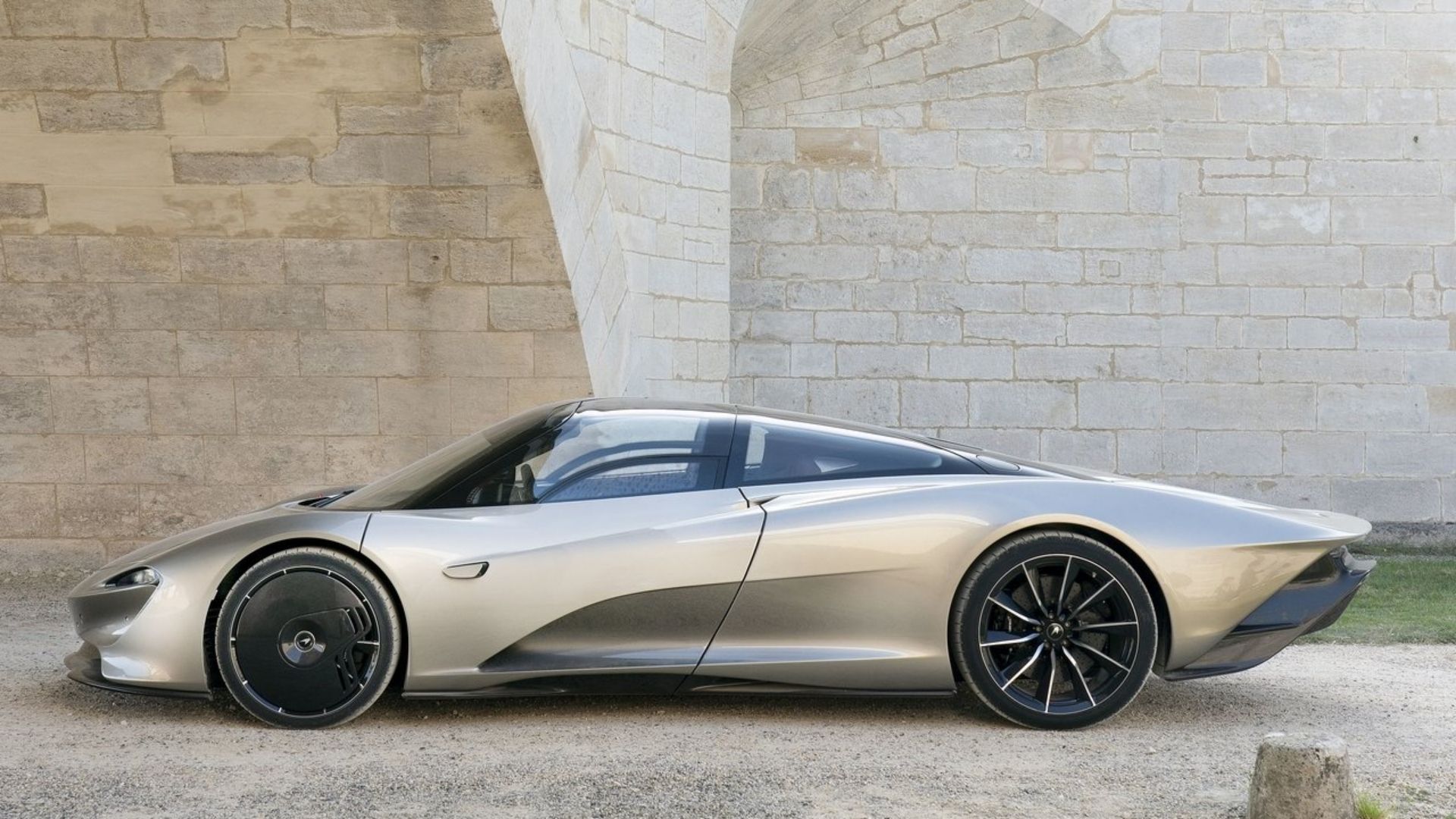McLaren is one of the most famous supercar makers on Earth, and for good reason. Their ability to create truly mind-boggling cars is something to be praised, thanks to their dedication to perfection. Some say this obsession with engineering and mathematics when it comes to their cars makes a McLaren supercar less fun to drive. The fact of the matter is, whatever the truth may be, McLarens are fast. Very fast.
Related
2025 McLaren Artura Spider First Drive Review: Time To Stop Calling This A Baby McLaren
McLaren has taken the top off of the Artura, but this is so much more than a new body style for McLaren’s junior supercar.
Most of the time, any fast car’s speed is quantified by either its 0-60 MPH time or its top speed. While these are important metrics, many people don’t give enough credence to the quarter-mile time, which can tell you just as much, if not more, than those other two specs. It combines both a short sprint with a long-distance speed measurement, giving the best all-around example of a vehicle’s speed.
This CarBuzz comprehensive list delved into each of McLaren’s current models’ quarter-mile times to show just how fast these marvels of modern engineering are.
Specs and features used in this list were taken from both McLaren’s media website and Automotbile-Catalog.com.
8 McLaren GTS: 11.0 Seconds
GTS Specs
|
Engine |
M840TE 4.0-Liter Twin-Turbo V8 |
|---|---|
|
Horsepower |
626 HP @ 7,000 RPM |
|
Torque |
465 LB-FT @ 5,500 RPM |
|
0-60 MPH |
3.1 Seconds |
|
Top Speed |
203 MPH |
The McLaren GTS can be considered the 720S’ more refined younger brother. The GTS is a grand tourer that utilizes a modified version of the M840T twin-turbocharged V8 called the M840TE. The M840TE boasts better low-rev performance but loses peak-rev power due to its smaller turbochargers. The 720S-borrowed suspension is also tuned to give better on-road performance and comfort.
Despite the GTS’s motor having smaller turbos, it still packs a punch. Recently, the M840TE received a small upgrade, pushing its power to 626 horses and 465 lb-ft of torque. This allows the GTS to achieve a 0-60 MPH time of 3.1 seconds and a top speed of 203 MPH. The GTS handles a standing quarter mile within 11.0 seconds.
7 McLaren Artura: 10.7 Seconds
Artura Specs
|
Engine |
M630 3.0-Liter Twin-Turbo Hybrid V6 |
|
Horsepower |
671 HP @ 7,500 RPM |
|
Torque |
531 LB-FT @ 2,250 RPM |
|
0-60 MPH |
3.0 Seconds |
|
Top Speed |
205 MPH |
The Artura has a special place in McLaren’s history, as it’s the first supercar they made with a V6 engine. According to McLaren, the name Artura is a combination of the words art and future, hinting at how McLaren sees their company moving forward. The Artura also boasts another novel idea, McLaren’s Carbon Lightweight Architecture chassis design, which will be used on most of their supercars in the near future.
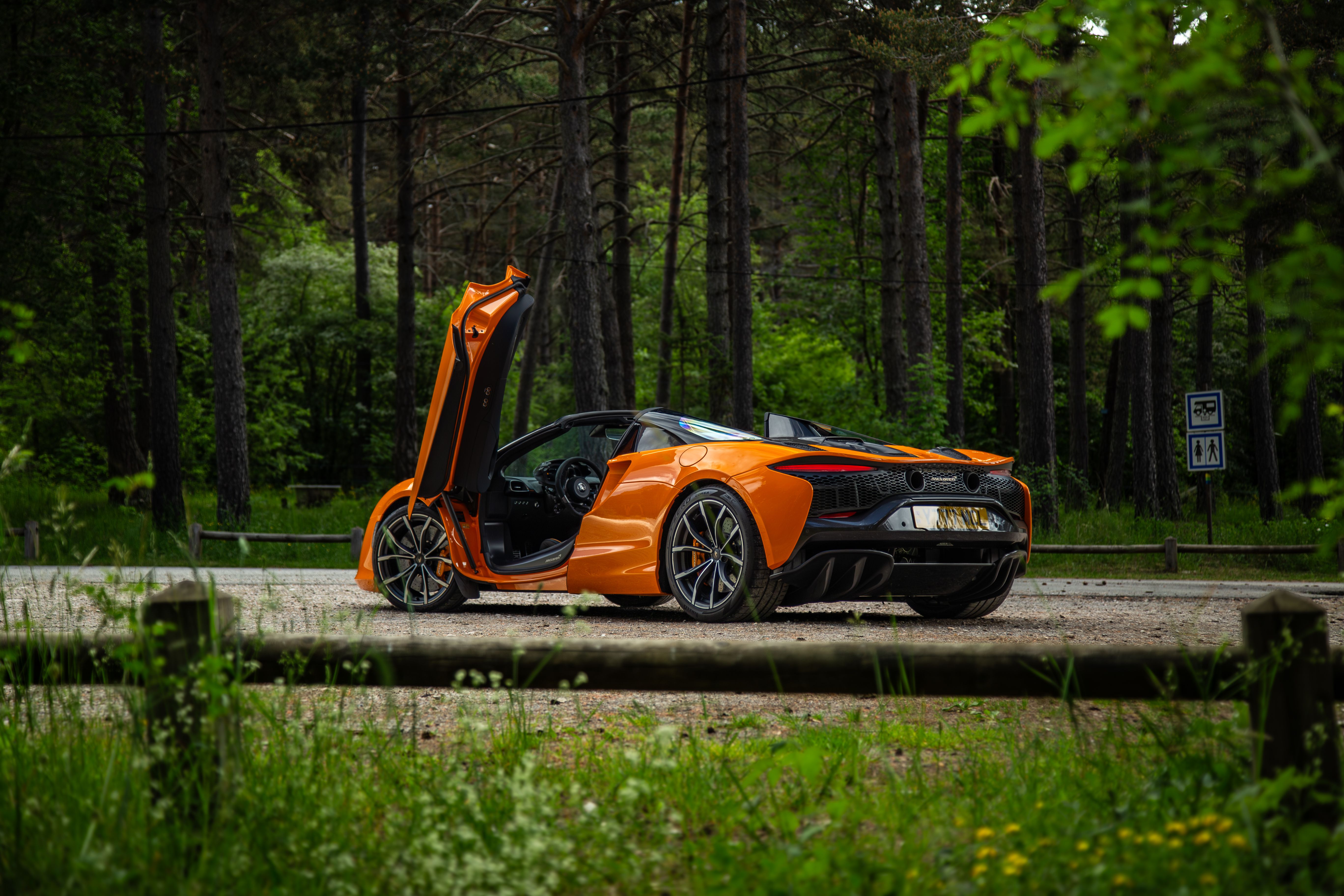
Related
Here Are 6 Things I Loved After Driving The New McLaren Artura Spider (And 3 That I Didn’t)
I drove the McLaren Artura Spider around the Monaco Grand Prix Circuit, and somehow still found something I didn’t like about it.
The M630 hybrid V6 powering the Artura is no slouch because it produces 671 combined horsepower and 531 lb-ft of torque. According to European electric range testing metrics, the Artura can manage a total of 19 miles on electric-only power. Despite its extra 287 pounds of hybrid-specific components, the Artura still manages a three-second-flat 0-60 MPH time and a top speed of 205 MPH. On a quarter-mile drag, the Artura will reach the end in just 10.7 seconds.
6 McLaren 765LT: 10.2 Seconds
765LT Specs
|
Engine |
M840T 4.0-Liter Twin-Turbo V8 |
|---|---|
|
Horsepower |
755 HP @ 7,500 RPM |
|
Torque |
590 LB-FT @ 5,500 RPM |
|
0-60 MPH |
2.8 Seconds |
|
Top Speed |
212 MPH |
Unfortunately, if you’ve got your heart set on a new McLaren 765LT, it’s no longer possible. McLaren only planned on building 765 units worldwide. They sold out immediately, and it’s easy to see why. The 765LT’s roofline blends an old-school supercar with modern, space-age aerodynamic tech. It’s also got some bits and pieces taken from the McLaren Senna, such as three-layer head gaskets and the option to upgrade its brake calipers.
The modified M840T twin-turbo V8 has impressive power specs. It’s able to make up to 755 horsepower and 590 lb-ft of torque, allowing it to conquer 0-60 MPH in 2.8 seconds. Flat out, you’ll manage to reach 212 miles per hour and a quarter-mile time of 10.2 seconds. A fast car, indeed, but independent tests have shown that it may even be more powerful.
5 McLaren 750S: 10.1 Seconds
750S Specs
|
Engine |
M840T 4.0-Liter Twin-Turbo V8 |
|---|---|
|
Horsepower |
740 HP @ 7,500 RPM |
|
Torque |
590 LB-FT @ 6,000 RPM |
|
0-60 MPH |
2.7 Seconds |
|
Top Speed |
206 MPH |
The 750S is somewhat of an emotional model for the British supercar maker. It marks the last model they’ll produce with a solely-ICE-powered engine, moving towards hybrid tech and, ultimately, EV tech in the future. The 750S came to us in 2023 as largely a facelifted 720S, maintaining most underpinnings from the previous model. The 750S also uses the same M840T we’ve become used to over the years, albeit with some minor tweaks. The transmission and exhaust system received some upgrades over the 720S, as well.
For its final iteration, the M840T produces 740 horsepower and 590 lb-ft of torque, which is good for a 0-60 MPH time of 2.7 seconds. Those with the courage and space to achieve its top speed will reach 206 MPH. Thanks to that modified transmission’s shorter gear ratio, the 750S’ quarter-mile is dealt with in 10.1 seconds.
4 McLaren P1: 10.1 Seconds
P1 Specs
|
Engine |
M838TQ 3.8-Liter Twin-Turbo Hybrid V8 |
|---|---|
|
Horsepower |
903 HP @ 7,500 RPM |
|
Torque |
664 LB-FT @ 4,000 RPM |
|
0-60 MPH |
2.9 Seconds |
|
Top Speed |
233 MPH |
While the P1 isn’t a current McLaren model any longer, its importance in the supercar maker’s recent history earns it a spot on our list. As we mentioned previously, the P1 was McLaren’s first hybrid supercar, and it was also the second vehicle in their line of ultra-fast cars, behind the famous McLaren F1 from the 1990s. The P1 was meant to showcase just how devoted, capable, and resourceful McLaren was in the pursuit of supercar perfection. A successor to the P1 is reportedly in the works.
The M838TQ twin-turbo V8 hybrid was a special piece of engineering. The motor itself produced 727 horsepower and 531 lb-ft of torque, with the 132 kW electric motor making up the rest. The 324-cell lithium-ion battery pack delivers up to 19 miles of electric-only range and can fill in any power gaps created by the normal operation of the internal combustion engine it is paired with.
A total power output of 903 horses and 664 lb-ft of torque is seen, which propels the P1 from 0-60 MPH in 2.9 seconds, and on to a top speed of 233 MPH. Its quarter-mile time is blitzed in just under 10.1 Seconds.
3 McLaren Senna: 10.0 Seconds
Senna Specs
|
Engine |
M840TR 4.0-Liter Twin-Turbo V8 |
|---|---|
|
Horsepower |
789 HP @ 7,250 RPM |
|
Torque |
590 LB-FT @ 5,500 RPM |
|
0-60 MPH |
2.6 Seconds |
|
Top Speed |
211 MPH |
If this McLaren name sounds familiar, it’s because it was borrowed from Ayrton Senna, the famous Brazilian-born Formula One driver who, sadly, lost his life in a crash at the 1994 San Marino Grand Prix. In his memory, and for his five-year career with the McLaren Formula 1 team, McLaren decided to pay homage to him with the McLaren Senna. The car is purpose-built for track prowess, handling, and all-around quickness. It does not use an electric motor to boost power due to the weight increase that it would cause.
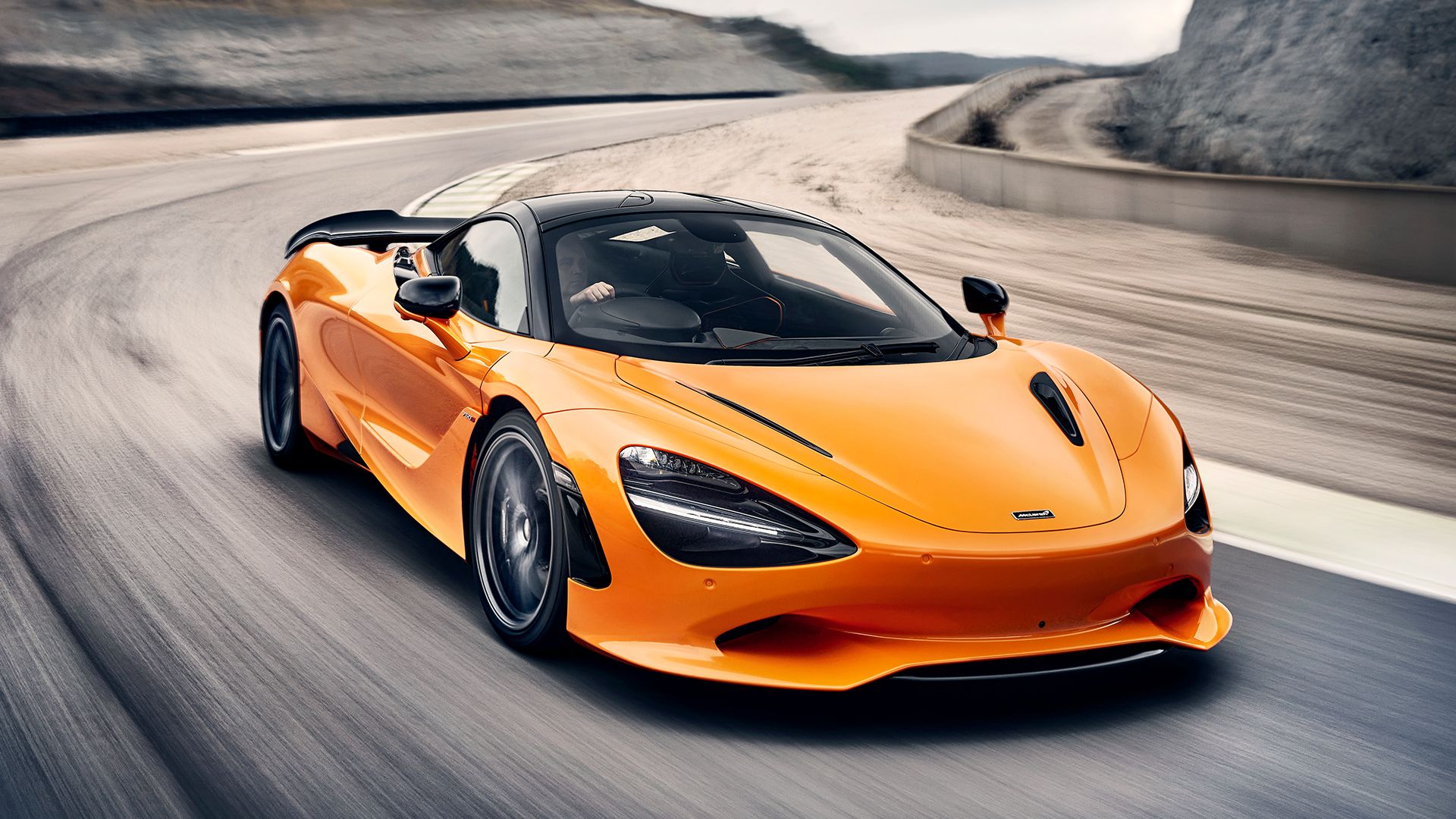
Related
What’s The Price Of Every New McLaren In 2024?
The McLaren supercar lineup embodies the peak of automotive innovation and performance, but it’ll cost you dearly.
Despite its lack of electrical help, the Senna’s Ricardo-built M840TR twin-turbo V8 can put out 789 horsepower and 590 lb-ft of torque. Thanks to the shortened gear ratio in its seven-speed dual-clutch transmission, the Senna can manage 0-60 MPH in 2.6 seconds and the quarter mile in 10 seconds flat. If you keep your foot planted down, you’ll reach its top speed of 211 MPH.
2 McLaren Elva: 9.9 Seconds
Elva Specs
|
Engine |
M840TR 4.0-Liter Twin-Turbo V8 |
|---|---|
|
Horsepower |
804 HP @ 7,800 RPM |
|
Torque |
590 LB-FT @ 4,000 RPM |
|
0-60 MPH |
2.7 Seconds |
|
Top Speed |
208 MPH |
The McLaren Elva is a special edition car produced by the British supercar maker to commemorate some of the original race car designs penned by Bruce McLaren in the 1960s. It’s also the fifth entrant in McLaren’s Ultimate Series, after the F1, P1, Senna, and Speedtail. It uses a modified version of the M840TR V8 seen in the Senna and features unique aerodynamic upgrades that are both functional and aesthetically pleasing.
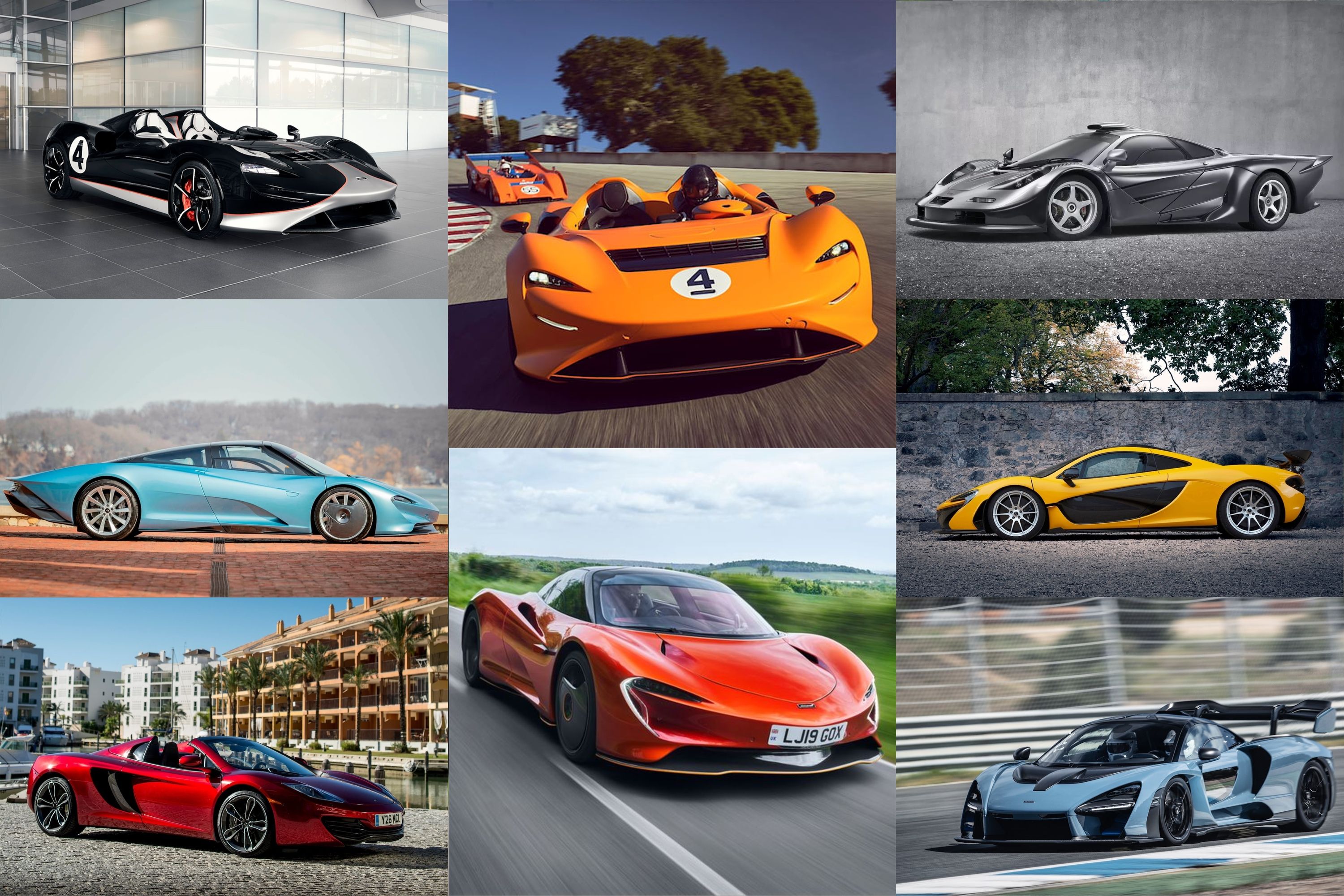
Related
7 Of McLaren’s Greatest Ever Road Cars
Some of the purest supercars on the planet.
One of the hallmarks of the Elva’s aerodynamic prowess is its AAMS, or Air Active Management System. This system channels air over and throughout the Elva’s entire body, greatly reducing wind noise over the cabin at speeds above 25 MPH. It also functions as a downforce aid at higher speeds.
While pretty, the Elva is purpose-built for track domination. The M840TR motor is paired with a close-ratio seven-speed dual-clutch transmission and produces 804 horsepower and 590 lb-ft of torque. Using this powerplant, drivers can go from 0 to 60 MPH in 2.7 seconds and reach a top speed of 208 MPH. The Elva’s quarter-mile is 9.9 seconds.
1 McLaren Speedtail: 9.7 Seconds
Speedtail Specs
|
Engine |
M840T 4.0-Liter Twin-Turbo Hybrid V8 |
|---|---|
|
Horsepower |
1,055 HP @ 7,500 RPM |
|
Torque |
848 LB-FT @ 2,000 RPM |
|
0-60 MPH |
2.7 Seconds |
|
Top Speed |
251 MPH |
We’ve reached the quickest McLaren on our list: the Speedtail. Every aspect of the Speedtail is built for speed, and one of the most apparent ways this car manages its 251 MPH top speed is aerodynamics. The car is named, literally, for its tail design, which resembles that of a racing car from the 1950s. The Speedtail’s drag coefficient is 0.278, one of the best in the automotive world. However, all of its speed isn’t just thanks to its slippery design, it’s got quite a lot of power, too.
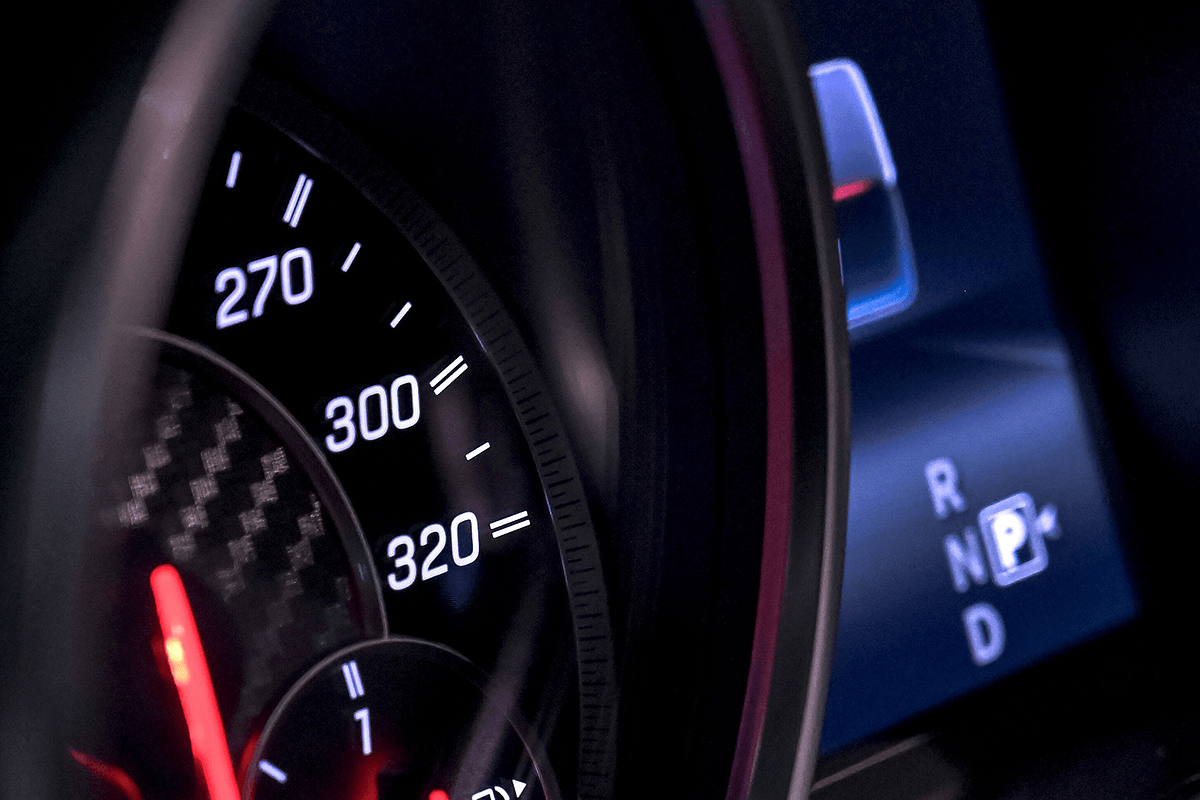
Related
10 Fastest Hybrid Cars In The World
Electrified powertrains, electric speed.
McLaren used its M840T twin-turbo V8 for the Speedtail, and added a 229 kW hybrid system to help bump the power up to that astronomical 1,055 horsepower figure. Along with this, the SPeedtail also produces 848 lb-ft of torque and boasts a 0-60 MPH time of 2.7 seconds. If you’ve got the means to, you can take the Speedtail up to its top speed of 251 MPH, making it the second-fastest McLaren ever produced, behind only the McLaren F1. The Speedtail can also manage a quarter-mile time of a blistering 9.7 seconds.
Sources: Automobile-Catalog.com

